Focus on Anti-Aging Solutions
The K-Beauty Product Market is witnessing a heightened focus on anti-aging solutions, as consumers become increasingly concerned about skin aging. The demand for products that offer visible results in reducing fine lines and wrinkles is on the rise. Industry expert's indicates that the anti-aging segment is projected to grow at a rate of 8% annually, reflecting consumers' desire for effective skincare solutions. Brands that innovate and develop advanced formulations targeting aging concerns are likely to gain a competitive edge in the K-Beauty Product Market. This trend highlights the importance of research and development in creating products that meet the evolving needs of consumers seeking youthful and radiant skin.
Expansion of E-commerce Platforms
The K-Beauty Product Market is experiencing a notable expansion in e-commerce platforms, which has transformed the retail landscape for beauty products. With the increasing preference for online shopping, brands are investing in their digital storefronts to cater to a tech-savvy consumer base. Data suggests that e-commerce sales in the beauty sector are expected to account for over 30% of total sales by 2026. This shift presents a significant opportunity for K-Beauty brands to reach consumers directly, bypassing traditional retail channels. Enhanced convenience, coupled with targeted online marketing strategies, positions e-commerce as a critical driver of growth within the K-Beauty Product Market, allowing brands to engage with consumers in innovative ways.
Cultural Influence and Globalization
The K-Beauty Product Market is profoundly shaped by cultural influence and globalization. The appeal of Korean beauty standards and practices has transcended borders, leading to a surge in interest from consumers worldwide. This cultural phenomenon is reflected in the increasing availability of K-Beauty products in various international markets. Recent reports indicate that the K-Beauty market is expected to reach a valuation of over 20 billion dollars by 2027, driven by its global popularity. As consumers seek to emulate Korean beauty routines, brands that effectively communicate their cultural heritage and authenticity are likely to thrive in the K-Beauty Product Market, capitalizing on the growing fascination with K-beauty trends.
Increasing Demand for Natural Ingredients
The K-Beauty Product Market is witnessing a pronounced shift towards natural and organic ingredients. Consumers are increasingly prioritizing products that are free from harmful chemicals and synthetic additives. This trend is driven by a growing awareness of the potential adverse effects of certain ingredients on skin health. According to recent data, the market for natural beauty products is projected to grow at a compound annual growth rate of approximately 10% over the next five years. This indicates a robust demand for K-Beauty products that emphasize clean formulations. Brands that successfully incorporate natural ingredients into their offerings are likely to capture a larger share of the K-Beauty Product Market, appealing to health-conscious consumers who seek transparency and sustainability in their skincare routines.
Influence of Social Media and Digital Marketing
The K-Beauty Product Market is significantly influenced by social media platforms and digital marketing strategies. The rise of beauty influencers and content creators has transformed how consumers discover and engage with K-Beauty products. Platforms such as Instagram and TikTok serve as vital channels for brand promotion, enabling companies to reach a broader audience. Recent statistics indicate that over 70% of consumers are influenced by social media when making beauty purchases. This trend underscores the importance of a strong online presence for brands within the K-Beauty Product Market. Companies that effectively leverage social media marketing can enhance brand visibility and foster consumer loyalty, ultimately driving sales and market growth.


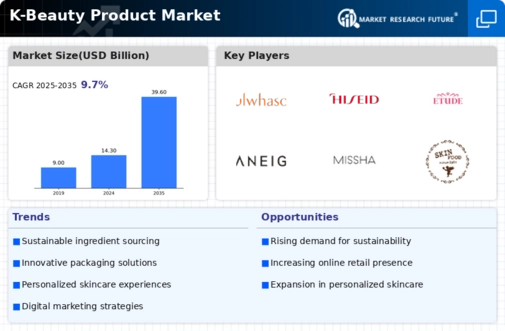
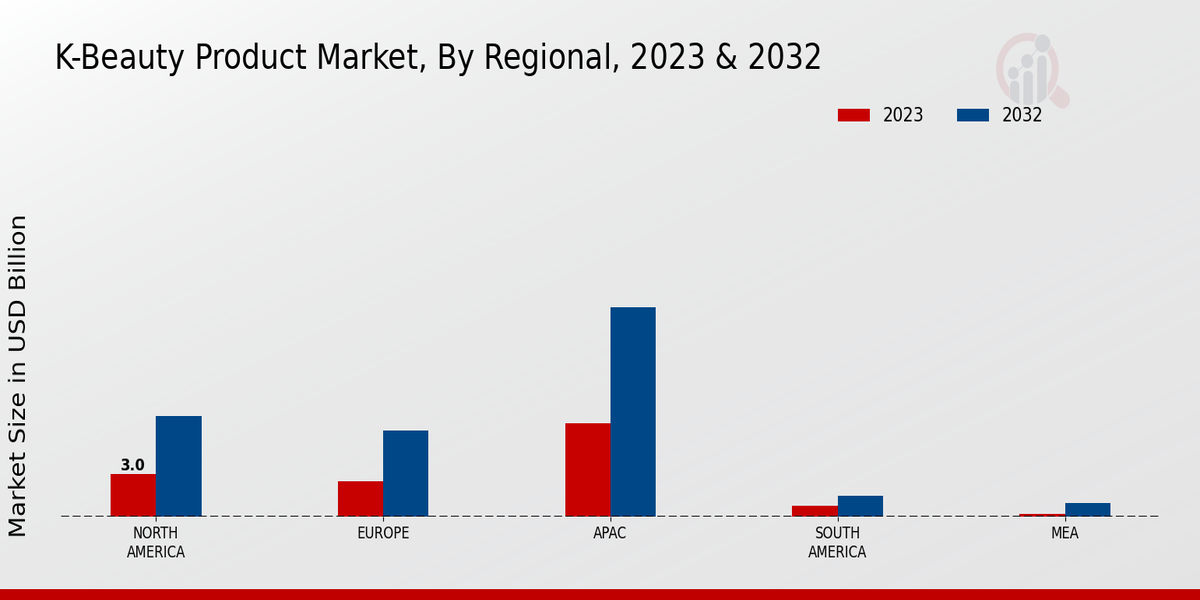
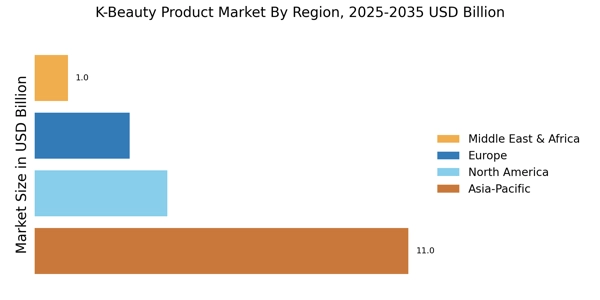
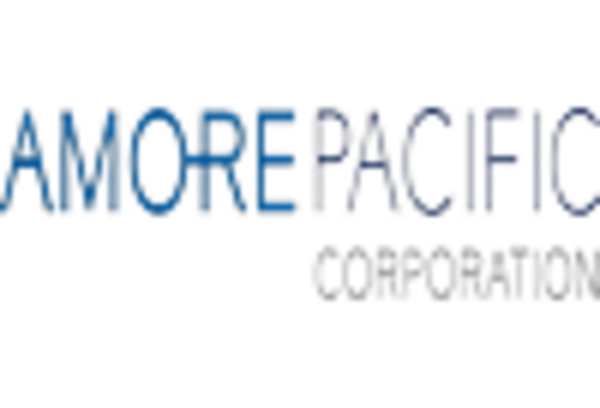
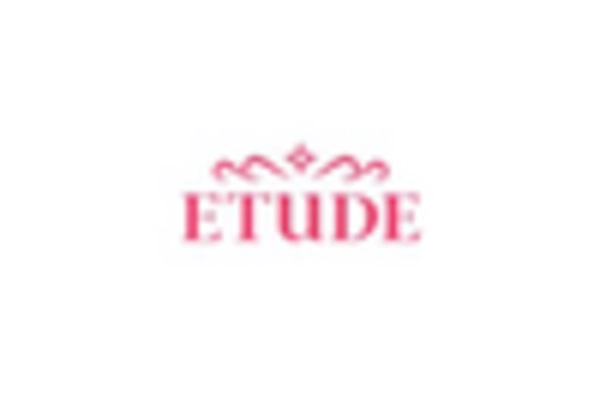
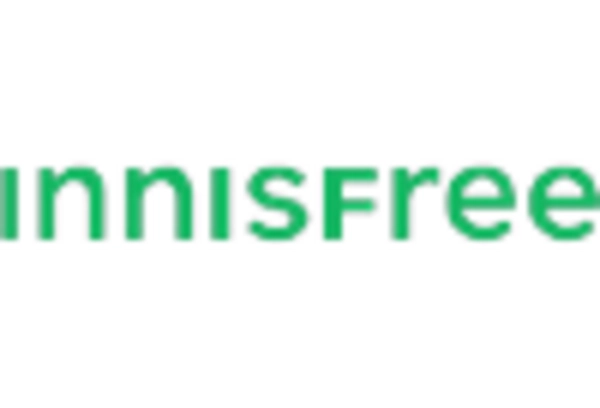
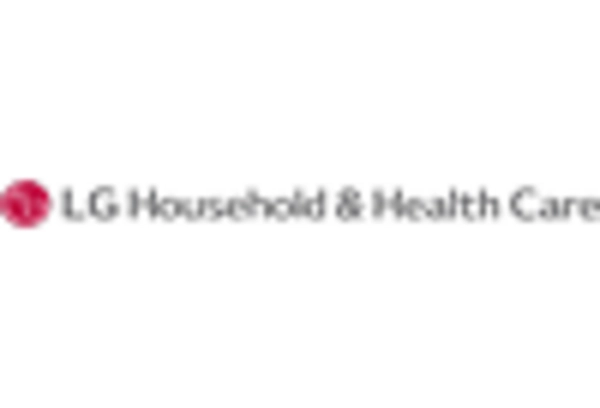
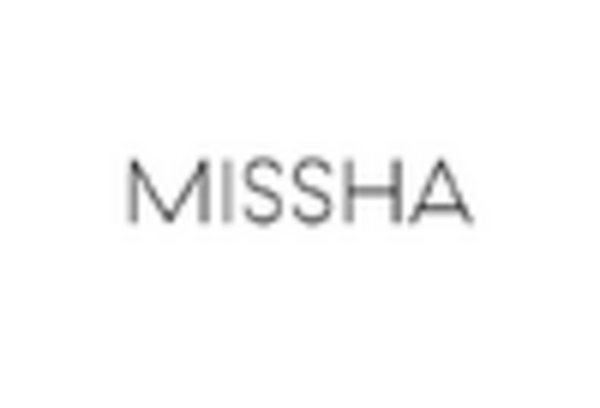
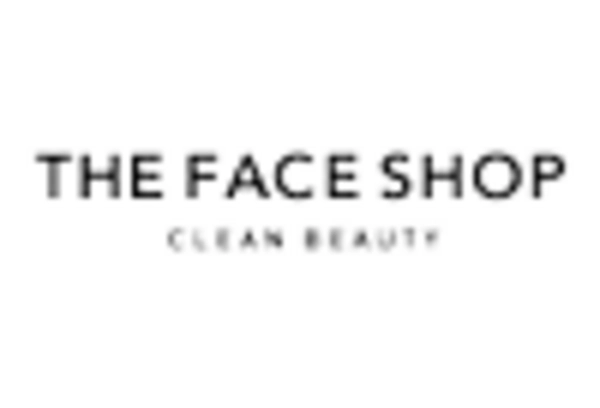








Leave a Comment